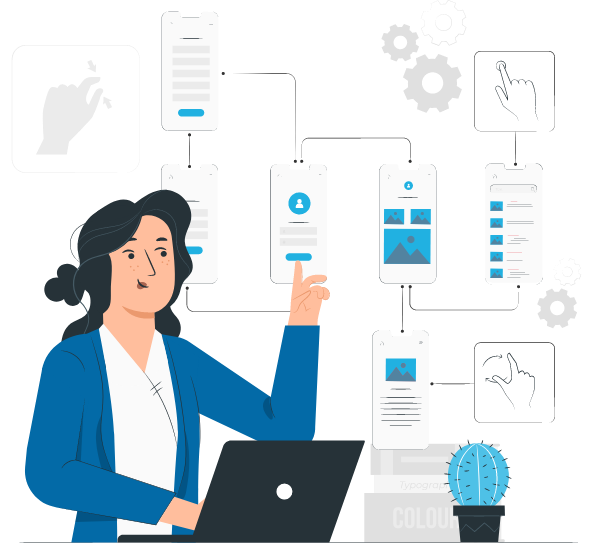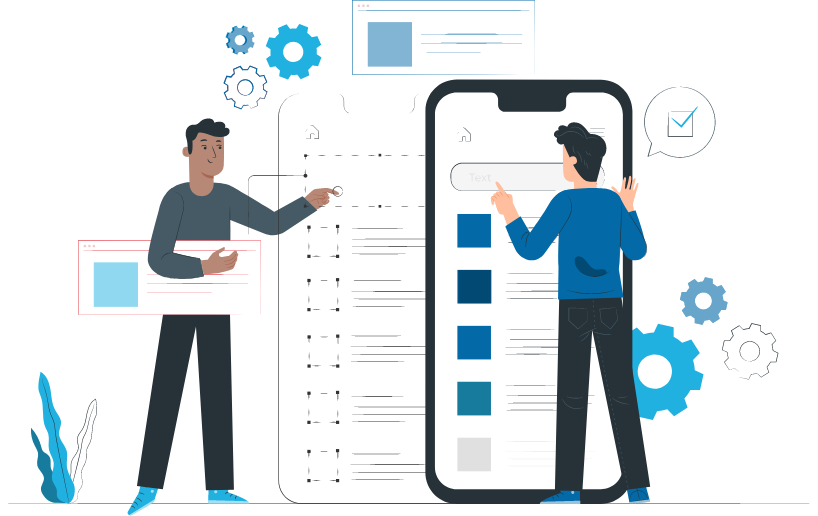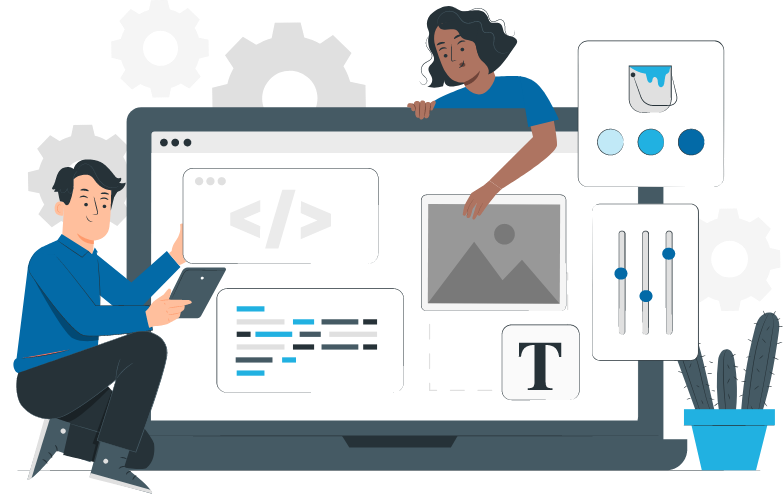Product Design
Product Design Services
THE EASIEST WAYBeginning with thorough business analysis and discovery, we guide you through every step, ensuring a seamless user experience. Our expert team employs transparent design processes, delivering outstanding end results.

Empower Your Product Vision with Our Design Expertise
The eSquall Discovery Process:
An Overview
Cultivate your product vision with our design expertise. We specialize in refining concepts into compelling user experiences, ensuring your vision is brought to life with precision and expertise.
Design thinking
Design Thinking is a problem-solving approach that emphasizes empathy, creativity, and iteration to develop innovative solutions. It consists of five key stages: Discover, Define, Ideate, Prototype, and Test, which guide our daily design process.
Product design process
We use trend research and brand analysis to create prototypes that show how the product will look in the future.
Our approach
Our approach focuses on captivating your end-customers, ensuring they love your product rather than feel frustrated. With our top-tier user experience and user interface design, acquiring new users becomes effortless.
Product Research
Through our product research, businesses gain valuable insights to assess ideas, gauge customer demand, and understand market needs. We specialize in tracking product trends, staying ahead of competitors, and offering tailored insights, cost-effective solutions, and flexible pricing models.
UI UX Design
UI/UX design involves several steps: first, we design the system, then create the interface, develop layouts that adapt to different devices, build interactive prototypes, and make improvements to impress our clients and their users, ultimately delivering high-quality, functional products.
Usability testing
Once the design phase is complete, we conduct usability testing on the website, app, or digital product we've developed. This involves observing real users as they interact with the product to complete tasks. Generally, our team or researchers affiliated with the business oversee these testing sessions.

Mobile App Design
Our team continuously works on mobile app design, focusing on excellent user experience and polished user interface elements. We brainstorm ideas, plan the app's layout and flow, and carefully select colors and fonts to create a seamless experience for users.
Web App Design
Our team is dedicated to creating exceptional web app designs that prioritize user experience and feature polished interface elements. Through collaborative brainstorming sessions, we generate innovative ideas to elevate your web app's functionality and appeal. We thoroughly plan the layout and flow of your application, ensuring intuitive navigation and smooth interactions for users. e. With our expertise, your web app will captivate users and leave a lasting impression.
